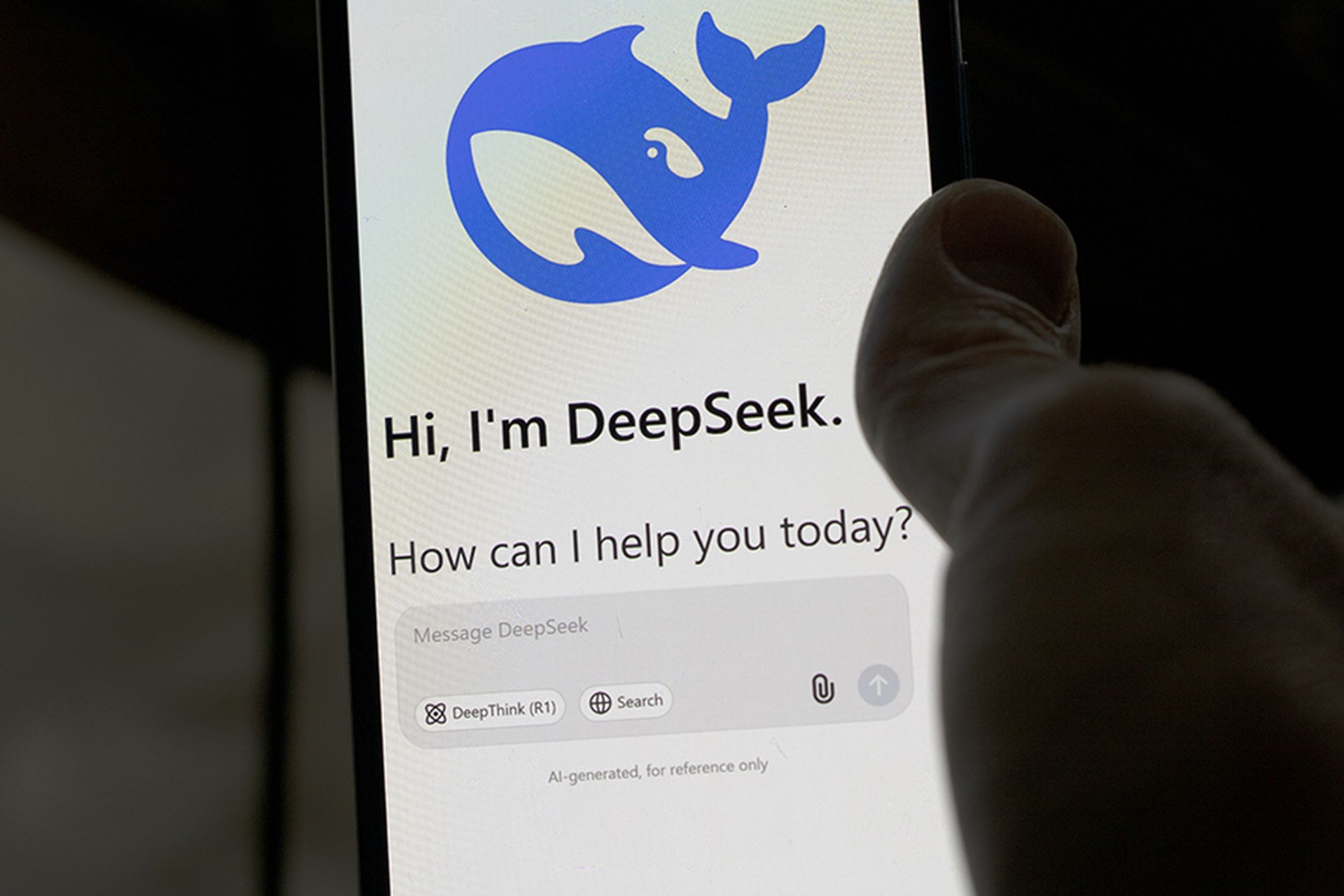COMMENTARY: I've seen my share of emerging technologies that promise to revolutionize the world. Some live up to the hype, while others fade into obscurity. Today, the tech world has been abuzz about DeepSeek. The Chinese AI model has generated significant attention over the last several days, raising important questions about cost, innovation, and, most important, security. [SC Media Perspectives columns are written by a trusted community of SC Media cybersecurity subject matter experts. Read more Perspectives here.]The main questions on everyone's mind are: How did they manage to build and train their model for such a seemingly low cost? And what are the implications for national security and the AI landscape?Let's explore these questions from a cybersecurity standpoint.DeepSeek is more likely a short-lived competitor than a paradigm shift. While they've implemented some optimizations, nothing fundamentally groundbreaking has emerged. Companies like Meta, Google, and Microsoft possess vast research and cloud infrastructure resources, positioning them to remain at the forefront of AI. DeepSeek's reliance on borrowed techniques and potential API scraping suggests a lack of independent innovation. Several indicators will determine DeepSeek's future. Regulatory hurdles, adoption by Western enterprises, advancements in open-source AI, security findings, and integration into China's larger AI strategy will all play a role. We must remain vigilant and proactive in addressing the potential risks while fostering a healthy and competitive AI industry.Aleksandr Yampolskiy, chief executive officer, SecurityScorecardSC Media Perspectives columns are written by a trusted community of SC Media cybersecurity subject matter experts. Each contribution has a goal of bringing a unique voice to important cybersecurity topics. Content strives to be of the highest quality, objective and non-commercial.
Cutting corners or cutting edge?
DeepSeek's approach wasn't about building from scratch. They leveraged existing open-source models, notably Meta's Llama and Qwen. This significantly reduced their training costs. Meta's substantial $700 million investment in training Llama3-70B meant DeepSeek's $6 million was more about refining an existing model than a full, independent training effort.Rumors of scraping OpenAI's API for training data further complicate the picture. One of their cost-saving techniques was using FP8 precision, which is an 8-bit floating point representation instead of 32-bit, reducing memory requirements by four times. Their use of FP8 precision contributed to cost reduction. However, let's be clear: running these models at scale still requires significant investment in expensive Nvidia hardware (estimated at $100K+ for flagship models), meaning operational costs remain a significant factor.DeepSeek vs. national security: A risk too big to ignore?
DeepSeek's Chinese origins have brought concerns about potential data influence and national security risks to the forefront and drawn comparisons to TikTok.There are several concerns to consider:- Espionage risk: If DeepSeek gains widespread adoption, it could be used to steal sensitive information from individuals, businesses, and governments.
- Propaganda and censorship: Early testing of DeepSeek has revealed a clear bias towards state-sanctioned narratives. For example, queries about Tiananmen Square are met with deflections or refusals.
- Bias and manipulation: As AI becomes more widely-integrated into search and information processing, a China-controlled AI model could subtly inject biases into decision-making processes at a global scale.
- Lack of transparency: While DeepSeek claims that it’s open-source, true transparency is difficult to verify. The deployed version on deepseek.com could contain undisclosed modifications, raising concerns about potential backdoors or hidden surveillance.
How to address the concerns without stifling innovation?
DeepSeek's emergence intensifies the AI competition between the U.S. and China. However, unlike TikTok, which primarily services consumers, AI models can penetrate the enterprise, government, and defense sectors. This presents a far more direct and potent national security challenge. This could challenge Western AI dominance and accelerate regulatory actions. Several mechanisms are worth considering to curb this threat:- Internet firewalls and app store bans: A TikTok-style ban, blocking DeepSeek’s API and web access in leading markets.
- National security controls: We could ban AI companies from integrating China-developed models into sensitive applications.
- Data localization rules: Restricting AI models trained on non-transparent datasets from being used in enterprise or government settings.
- Transparency requirements: Governments could mandate that AI providers disclose how their models are trained and what data they rely on.
- AI cybersecurity regulations: Given DeepSeek's external endpoint, regulators could monitor its API traffic for data exfiltration risks.




